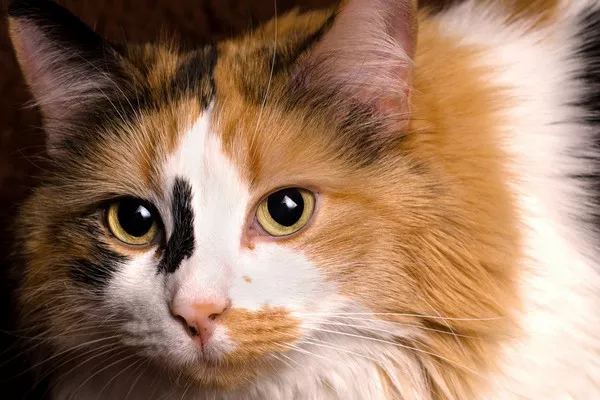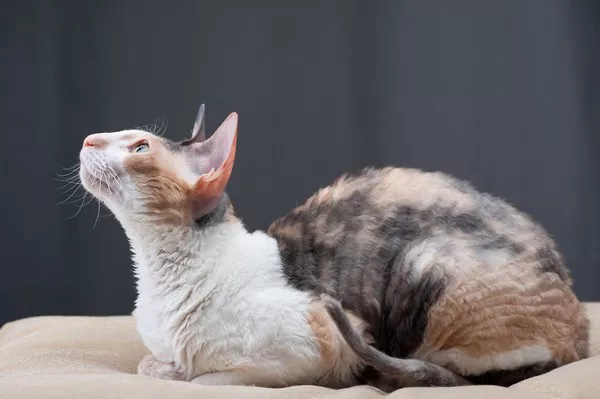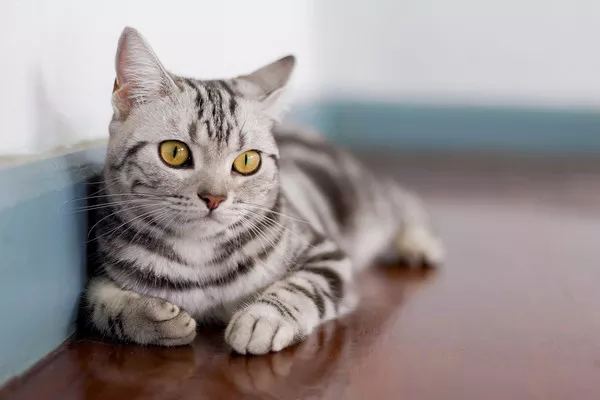Breeding calico cats can be a rewarding experience, but it’s important to have a solid understanding of genetics and responsible breeding practices. Calico cats are known for their beautiful coats consisting of patches of white, black, and orange or reddish-brown fur. In this article, we’ll discuss the basic genetics behind calico coat coloration, as well as some tips for responsible breeding.
Understanding Calico Coat Color Genetics
To understand how calico coat coloration works, first, we need to discuss the basics of feline genetics. Domestic cats have 19 pairs of chromosomes, which carry genes that determine traits such as coat color, eye color, and personality. Each parent cat contributes one set of chromosomes to their offspring, meaning each kitten inherits one copy of each gene from each parent.
There are two types of genes that control coat color in cats: pigment genes and white spotting genes. Pigment genes determine the amount and type of pigments present in a cat’s fur, while white spotting genes control the distribution of those pigments.
Calico cats are typically female, as the gene that controls their coat color is carried on the X chromosome. Male cats only inherit one X chromosome, while females inherit two (one from each parent). Because the calico coloration requires two copies of the gene, it is much more common in female cats.
The gene responsible for calico coloration is called the X-linked orange gene, or O. The O gene comes in two versions: O (orange) and o (not-orange or black). Females can inherit either an O or an o from each parent, meaning they can be one of three possible genotypes: OO (calico), Oo (tortoiseshell), or oo (solid-colored).
Tortoiseshell cats have a similar patchwork pattern to calicos, but their colors are limited to black and orange (with occasional white markings). Solid-colored cats, on the other hand, do not have any white markings and may be black, orange, or another color.
Breeding Calico Cats Responsibly
When breeding calico cats, it is important to prioritize the health and well-being of both the parent cats and their offspring. Here are some tips for responsible breeding practices:
1. Only breed healthy cats: Before breeding any cat, make sure they are in good health and free from any genetic disorders or diseases that could be passed on to their offspring.
2. Avoid inbreeding: Inbreeding can increase the likelihood of genetic disorders and reduce genetic diversity. It’s best to pair cats from different bloodlines when possible.
3. Choose cats with desirable traits: While coat color is important, remember that there are many other factors to consider when breeding cats. Look for cats with good temperaments, strong immune systems, and other desirable traits.
4. Get help from a veterinarian or breeder: If you’re new to breeding cats, it’s a good idea to seek advice from a professional. A veterinarian or experienced breeder can help you choose compatible cats, monitor their health throughout the breeding process, and provide guidance on caring for newborn kittens.
5. Be prepared for unexpected outcomes: Genetics can be unpredictable, so even if you breed two calico cats together, you may not get all calico kittens. It’s important to be prepared for the possibility of unexpected outcomes and to have a plan in place for caring for any kittens with special needs.
What two breeds make a calico cat?
Calico cats are not a specific breed, but rather a color pattern that can be found in many different breeds of cat. The calico coloration is the result of a combination of genetic factors and can occur in any breed of cat.
However, it is important to note that certain breeds may be more likely to produce calico kittens due to their genetics. For example, the Japanese Bobtail and American Shorthair breeds are known to have a higher incidence of producing calico cats.
In terms of the genetics behind calico coat coloration, as discussed in my previous response, it typically requires two copies of the X-linked orange gene (O) for a cat to have a calico coat. Female cats inherit one copy of the gene from each parent, while male cats only inherit one copy from their mother. Therefore, the parents of a calico cat could be any two cats that carry the O gene, regardless of their breed.
Conclusion
Breeding calico cats can be a fulfilling and enjoyable experience, but it’s important to approach it with caution and responsibility. Understanding the genetics behind calico coat coloration is just the first step – you’ll also need to prioritize the health and well-being of your cats and their offspring, choose compatible cats with desirable traits, and be prepared for unexpected outcomes. With careful planning and attention to detail, you can help ensure that your breeding efforts result in healthy, happy kittens with beautiful calico coats.


























